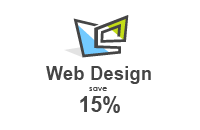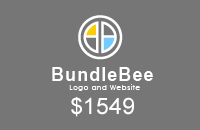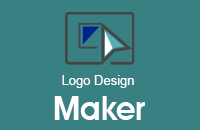The Ultimate Guide For Web Design Psychology
December 2nd, 2019
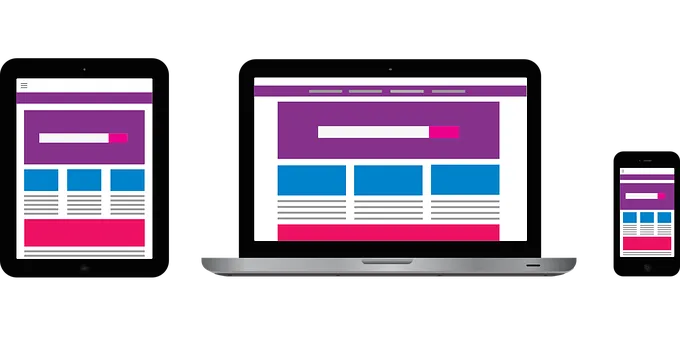
Consistently providing exciting content on your web page is an excellent way to attract regular visitors. However, there are a couple of subliminal elements that need to be used in the web design to boost traffic. These elements are psychological, resulting in the visitors not realizing what keeps attracting them to the site.
To create a visually engaging site that keeps visitors returning, attention needs to be paid to a couple of essential web design areas that will make your website stand out in the already crowded digital landscape. First, let us have an understanding of what web design psychology essentially is.
Web design psychology is getting to know how visitors feel when they visit your site. That is, designing your website in a manner that engages the feelings of visitors either consciously or subconsciously. This understanding helps to improve and positively influence the traffic your website generates.
Some of the significant factors that help generate traffic to your website include:
-
Content
-
Colour Codes
-
Typography
-
Spacing
-
Trust.
-
CONTENT
This perhaps is the most crucial factor in growing your website. Even if your website's design is top-notch, without exciting content, audiences will not spend time on your website.
In building your content, you have to pay attention to its readability. This essentially means that your content is understandable, engaging, has proper delivery, grammatically correct, and not too wordy. The essence of providing content on your website is for visitors to find what they seek quickly.
Exceeding two thousand words for an article that is supposed to inform the reader about a particular subject is not advisable. Web content that is not easy to understand due to poor readability and error can be detrimental to the growth of the website. Paying attention to these two elements regarding content will improve the overall feeling your visitors have when they go through your website.
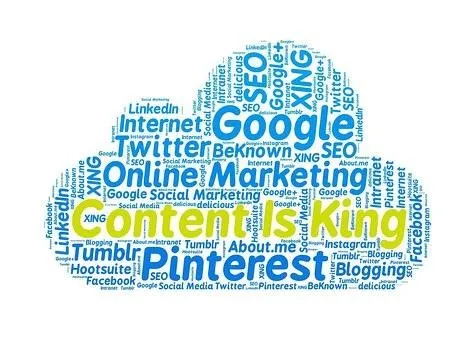
Ensure you keep your content is well organized, easy to read, and straight to the point (concise) to boost visitor's experience. If you also want to adapt your content to a foreign audience, make use of credible translation/localization services like The Word Pointto help create quality content.
-
GROOM TRUST AND CONFIDENCE WITH YOUR VISITORS
According to a study, "48% of people cited a website's design as the number one factor in deciding the credibility of a business". Therefore, ensuring your website does not look outdated will promote how your visitors respond to your content.
Your visitors also have to trust that your website will protect their details because the digital landscape continues to be plagued with issues of scams and identity theft.
One way to build trust is by not requesting for visitor's email before they can access any content on your website. If, however, emails are required for subscribing or commenting, you have to show that you will provide encryption of any information submitted, ensuring they don't get into the wrong hands. Remember, you do not get a second chance to make a first impression, so building trust with your visitors should be a top priority.
-
COLOUR PATTERN
The colors associated with your brand identity usually dictates the color patterns on your website. Brand identity are the elements/tools such as design, color, and logo that distinguishes your brand in the minds of consumers/visitors. Your brand identity is one of the ways you create an engaging website experience.
Knowing the colors that will evoke the specific emotion you want to provoke goes a long way in determining the feeling your visitors have when they visit your site.

Hues of white, gray, and black are neutral colors that combine well with almost any color. Therefore, finding a background color that matches both the color of your brand identity and these neutral colors is essential.
-
CHOICE OF TYPOGRAPHY AND SPACING
Your target audience determines the type of typography you should use on your website. Younger audiences will find fonts that have simple letterforms more appealing, while clean, edgy, and modern fonts are more appropriate for a mature audience.
Your choice of typography conveys different emotions and feelings to your website's visitors. There are a lot of typefaces you can use thanks to advancements in web technology like CSS3, which has provided more options for selecting your website's fonts. Fonts like Times New Roman are well suited for professional and scholarly websites because they convey feelings of seriousness.
San-serif fonts like Helvetica are best suited for informal websites. Hence, if your site's target audience is non-academic, it is best to use San-serif fonts because they convey a feeling of modernity and sophistication.
After selecting the appropriate typography for your site, you will also have to pay attention to the spacing between paragraphs, margins between blocks of text, and other elements on the page. If you make your article too congested, it will be challenging to read through, which may reduce your website's traffic.
You have to ensure leading (space between the lines) and kerning (space between letters) are well set to improve readability. If you set large leading with enough space between lines, your work is going to be spacious and very easy to read. Properly configuring your website's spacing is sure to have a positive effect on your visitor's psychology.
Conclusion
Understanding Psychology and using it to your advantage as a designer or website owner brings many benefits. To generate traffic, thereby increasing revenue, you have to pay attention to design psychology. The outlined guides are easy to execute, leaving you with no excuse.
-
About the Autor:

Hues of white, gray, and black are neutral colors that combine well with almost any color. Therefore, finding a background color that matches both the color of your brand identity and these neutral colors is essential.


